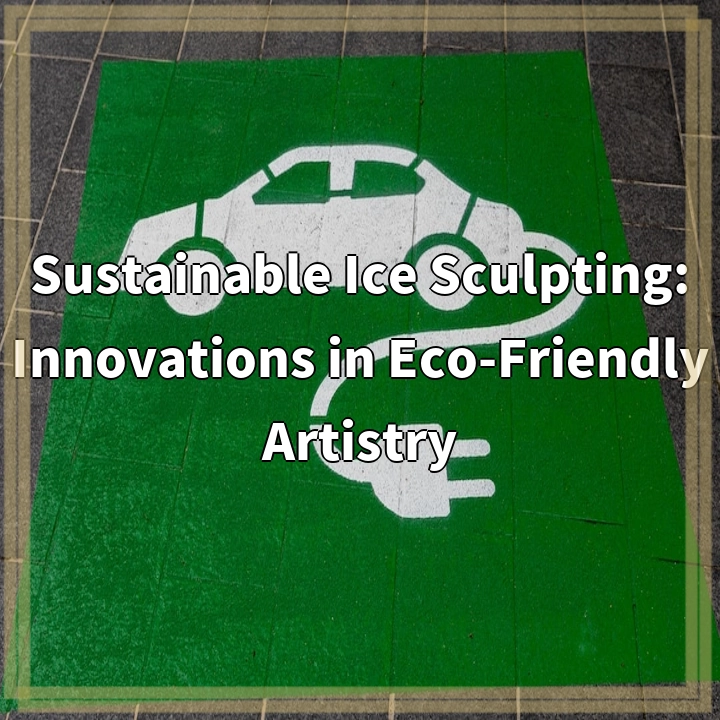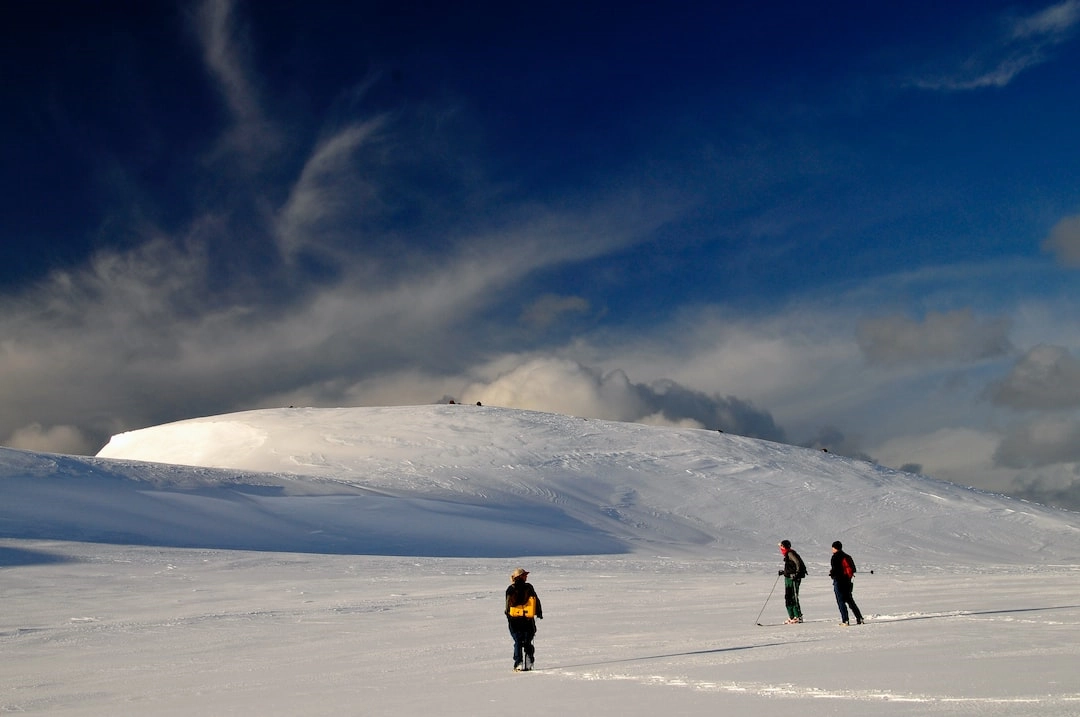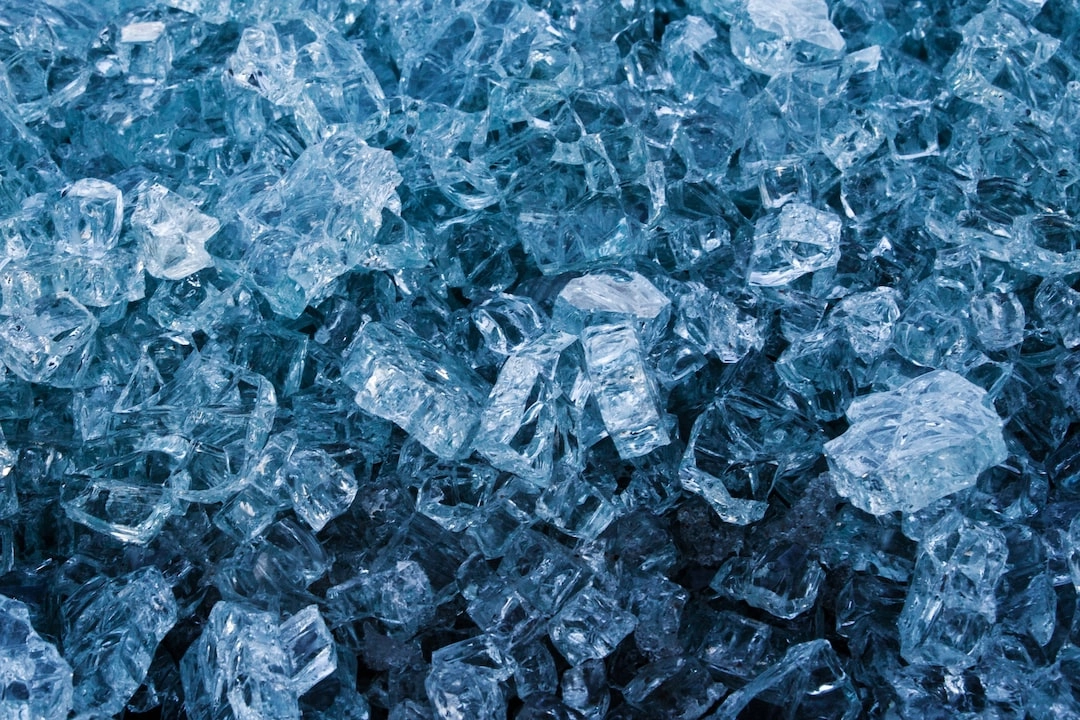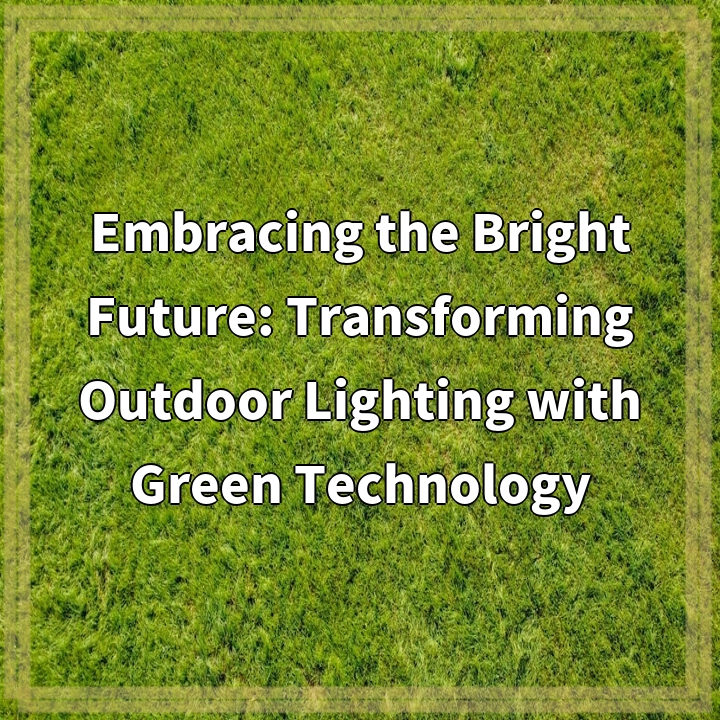
What is Sustainable Ice Sculpting?
Sustainable ice sculpting is a practice that combines the artistry of ice sculpting with environmentally friendly practices to minimize negative impacts on the environment. This form of artistry seeks to reduce waste, conserve resources, and promote sustainable materials and techniques.
Real-World Problems Associated with Ice Sculpting
While ice sculpting is a stunning and captivating art form, it is not without its environmental challenges. Traditional ice sculpting methods often involve large amounts of energy consumption, excessive water usage, and the use of non-sustainable materials. These practices can contribute to environmental degradation and increase carbon footprints.
1. Energy Consumption:
Ice sculpting events and displays typically require powerful refrigeration systems to maintain the sculptures’ structural integrity. These systems consume significant amounts of energy, contributing to greenhouse gas emissions and climate change.
2. Water Usage:
Creating ice sculptures often requires a substantial amount of water. The frequent use of freshwater resources for sculpting and maintaining the sculptures can strain local water supplies, especially in areas with limited water availability.
3. Waste Generation:
Traditional ice sculpting techniques can generate considerable waste, including unused ice blocks, chippings, and melted water. Improper disposal of these wastes can pollute waterways and have detrimental effects on local ecosystems.
4. Non-Sustainable Materials:
Some ice sculpting practices involve the use of non-sustainable materials, such as plastics and dyes, to enhance the visual appeal of the sculptures. These materials can contribute to plastic pollution and chemical contamination when not disposed of properly.
Addressing the Challenges
To combat these environmental issues, innovative solutions and sustainable practices have emerged in the field of ice sculpting. These include:
1. Green Refrigeration Technology:
Adopting advanced refrigeration technologies, such as using energy-efficient equipment, carbon-neutral refrigerants, and incorporating renewable energy sources, can help reduce the energy consumption associated with ice sculpting.
2. Water Conservation:
Implementing water-saving measures, such as recycling and reusing water, can minimize the water footprint of ice sculpting. Capturing and treating melted ice for reuse can significantly reduce freshwater consumption.
3. Sustainable Materials:
Exploring alternative materials, like biodegradable and natural dyes, can replace the use of non-sustainable materials, reducing environmental harm and promoting eco-friendly practices.
4. Recycling and Waste Management:
Developing proper waste management strategies, including recycling ice chippings for other purposes or enabling them to melt in a controlled environment, can prevent pollution and contribute to a circular economy for ice sculpting.
Conclusion
Sustainable ice sculpting is an evolving art form that embraces eco-friendly practices and addresses the environmental challenges associated with traditional ice sculpting techniques. By adopting innovative technologies and sustainable materials, ice sculptors can minimize their environmental impact and contribute to the preservation of our planet.

Solutions for Sustainable Ice Sculpting
1. Green Refrigeration Technology: Adopting energy-efficient equipment, carbon-neutral refrigerants, and renewable energy sources to reduce the energy consumption associated with ice sculpting.
2. Water Conservation: Implementing water-saving measures such as recycling and reusing water, and capturing and treating melted ice for reuse to minimize freshwater consumption.
3. Sustainable Materials: Exploring alternative materials like biodegradable and natural dyes to replace non-sustainable materials and promote eco-friendly practices.
4. Recycling and Waste Management: Developing proper waste management strategies, such as recycling ice chippings for other purposes or enabling them to melt in a controlled environment, to prevent pollution and contribute to a circular economy for ice sculpting.
By implementing these solutions, ice sculptors can significantly reduce their environmental impact, conserve resources, and contribute to a more sustainable and eco-friendly practice of ice sculpting.















